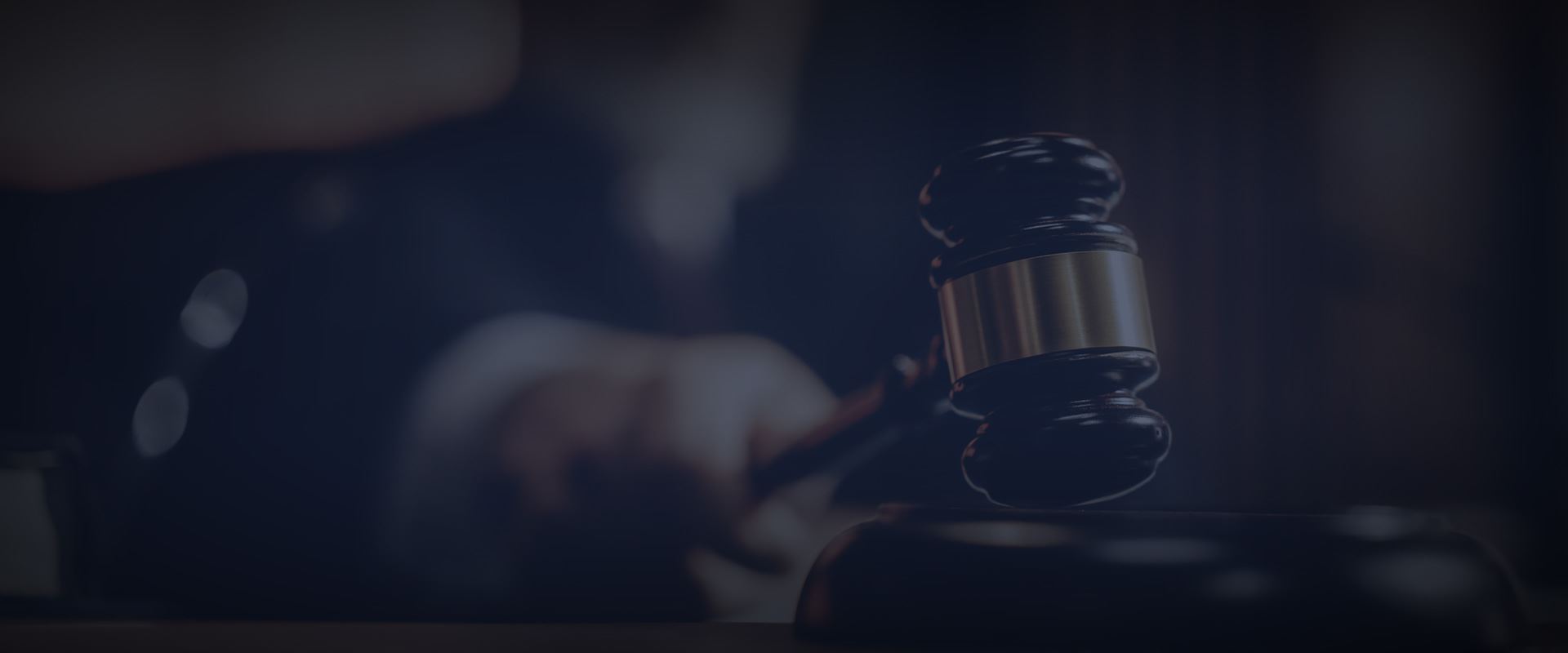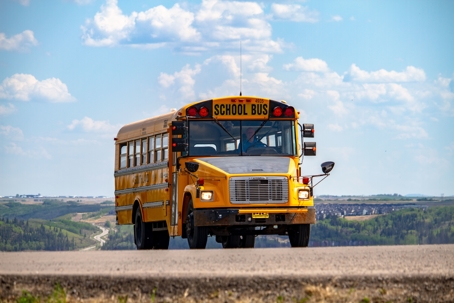As more school shootings occur, more schools are choosing to place police officers, (or armed guards or retired soldiers who would likely have the same authority as a police officer) within their walls. After an event like the Parkland school shooting, it can be difficult to accept that classrooms are, by and large, one of the safest places for our children.
According to a New York Times review of Gun Violence Archive statistics, in 2017, 43 people were killed on a school campus in the United States; in 2016, that number was 25, and in 2015, 33 people were killed on a U.S. school campus. (These numbers include victims of mass shootings as well as “single” homicides).
In the big picture, this means the odds of a child being killed in a school shooting is less than one in one million, and the average school (elementary, middle, high school, public and private) can expect to see a mass shooting once every 150,000 years.
Will More Armed Police Officers Really Make a Difference?
These statistics are not to diminish the anguish loved ones feel when it is their child in a mass school shooting, just to illustrate the fact that schools are still fairly safe places. Further, placing retired soldiers or police officers in our schools in an attempt to prevent a mass shooting not only fails to address the root problems which result in school shootings but can bring problems of its own.
At the time of the Marjory Stoneman Douglas High School shooting, the school actually had a sheriff’s deputy on duty, however, the deputy’s weapon was not discharged. Perhaps more armed officers would have made a difference—or perhaps not. An equally important question is just how high are the costs of having armed officers placed within school walls?
Young Children Charged With “Crimes” When Armed Police Officers are Present
A report by the ACLU published in April 2017 noted that having officers in schools resulted in children as young as the age of five being charged with a “crime” for offenses that have always been considered normal five-year-old misbehavior. One child was charged for throwing a paper airplane, another for wearing “saggy” pants, and yet another for kicking a trash bin.
For the school year 2013-2014, schools reported more than 223,000 referrals to law enforcement, including one 13-year—old Texas boy who tried to pay for his lunch with a fake $2 bill, ending up facing felony forgery charges with a potential prison sentence. Another middle school student threw a baby carrot at a teacher and was subsequently charged with assault and battery with a weapon.
The California San Bernardino City Unified School District actually makes more juvenile arrests than municipal police in some of the largest cities in the state, with more than 90 percent of those arrests for misdemeanor “crimes.” The largest school system in Louisiana, Jefferson Parish Public Schools, most often arrests students for interfering with an educational facility.
Armed Police Officers in Schools Bring Use of Force
This same ACLU report notes that today 24 percent of middle schools and 42 percent of high schools have armed law enforcement within their walls—a number that was a mere one percent in 1975. This police presence in schools leads to use-of-force issues—police officers are authorized to use force in ways educators are not. Further, the use of force may be unfairly concentrated among black students.
Is Use of Force Unfairly Concentrated Among Black Students?
In the 2011-2012 school year, while black students comprised only 16 percent of the total student enrollment, they made up 27 percent of those students referred to law enforcement and 31 percent of students involved in an in-school arrest. When you consider that police officer typically receive 120 hours of training in the force for every 8 hours of conflict resolution training, you can see why having armed police officers in schools could be worrisome, particularly for parents of black children.
While there is little evidence that adding armed police officers can stop school shootings, there is plenty of evidence to suggest that when more armed guards are in schools, more vulnerable students—particularly black students—may end up in the criminal justice system at a very early age. Students of color who are already more likely to face overly harsh discipline from educators could find themselves dealing with police brutality as well as incarceration for relatively minor offenses. A Huffington Post investigation found that between the years 2011 and 2016, officers placed in schools used tasers more than 80 times on children.
While placing armed police officers in our schools may be politically appealing and emotionally reassuring to parents, consider the fact that black students are 2.2 times more likely to be referred to law enforcement or arrested at school than white students. Having a school resource officer (an armed police officer or armed retired military officer) in schools inevitably results in non-criminal activities being treated as criminal activities, with students being arrested for things they would not otherwise be arrested for. After all, educators are much more likely to try low-conflict resolutions before referring a student to the criminal justice system.
Where Does Mississippi Stand on Firearms in Schools?
As for the state of Mississippi, according to the Clarion Ledger, although the state already allowed armed police officers in schools, the Senate voted just this March to allow others to carry guns in the state’s classrooms by a 27-18 vote. Further, school districts in the state may now adopt policies that require additional training and mental health screenings for those employees who want to carry a firearm on school grounds.
This includes not only armed police officers but educators as well. While the move garnered criticism from many, it was pointed out that current laws already allow those with an enhanced carry permit to be armed in the classroom. Despite this, many schools and universities had policies in place that attached restrictions to campus concealed carry.
The new Mississippi law increases the amount of required enhanced law-enforcement training from 12 to 36 hours every two years and requires an annual psychological screening for those educators who want to carry a weapon on school grounds. It is likely we will continue to see more and more armed educators and armed police officers in schools, however, this move can have many unintended consequences, including black children being arrested at an even greater rate.
Contact Our Jackson Criminal Defense Lawyers
If you are arrested and charged with a crime in Jackson, Hattiesburg, Meridian, or anywhere in the State of Mississippi, you need to fight for your rights and protect your freedom. The best way to do this is to hire an experienced Jackson criminal defense attorney immediately.
At Coxwell & Associates, PLLC, our attorneys believe in fighting aggressively for our clients and we can build a defense that is designed to expose the holes in the prosecution’s case against you. Contact Coxwell & Associates today at (601) 265-7766, or click on the button below.
Disclaimer: This blog is intended for general information purposes only, and is not a substitute for legal advice. Anyone with a legal problem should consult a lawyer immediately.

